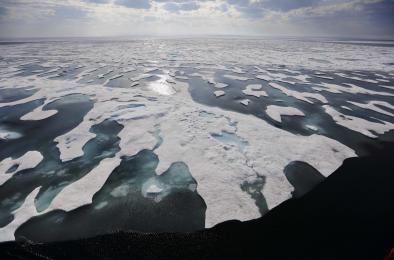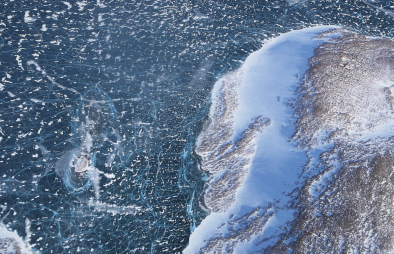Science Source
Arctic sea ice thickness loss determined using subsurface, aircraft, and satellite observations
- Utilizes upward-looking sonars mounted on submarines or moorings, electromagnetic sensors on helicopters or aircraft, and lidar or radar altimeters on airplanes or satellites to monitor sea-ice thickness
- Concludes that the annual global mean ice thickness has decreased from 3.59 m in 1975 to 1.25 m in 2012, a 65% reduction
Related Content
Science Source
| Bulletin of the American Meteorological Society
More-Persistent Weak Stratospheric Polar Vortex States Linked to Cold Extremes
Marlene Kretschmer, Dim Coumou, Laurie Agel et al
Headline

Jul 31, 2017 | PBS NewsHour
Arctic journey shows the glaring effects of climate change
Headline

Jul 28, 2017 | Washington Post
How loss of Arctic sea ice further fuels global warming
Headline

Jul 17, 2017 | Bloomberg
How a Melting Arctic Changes Everything: Part I


